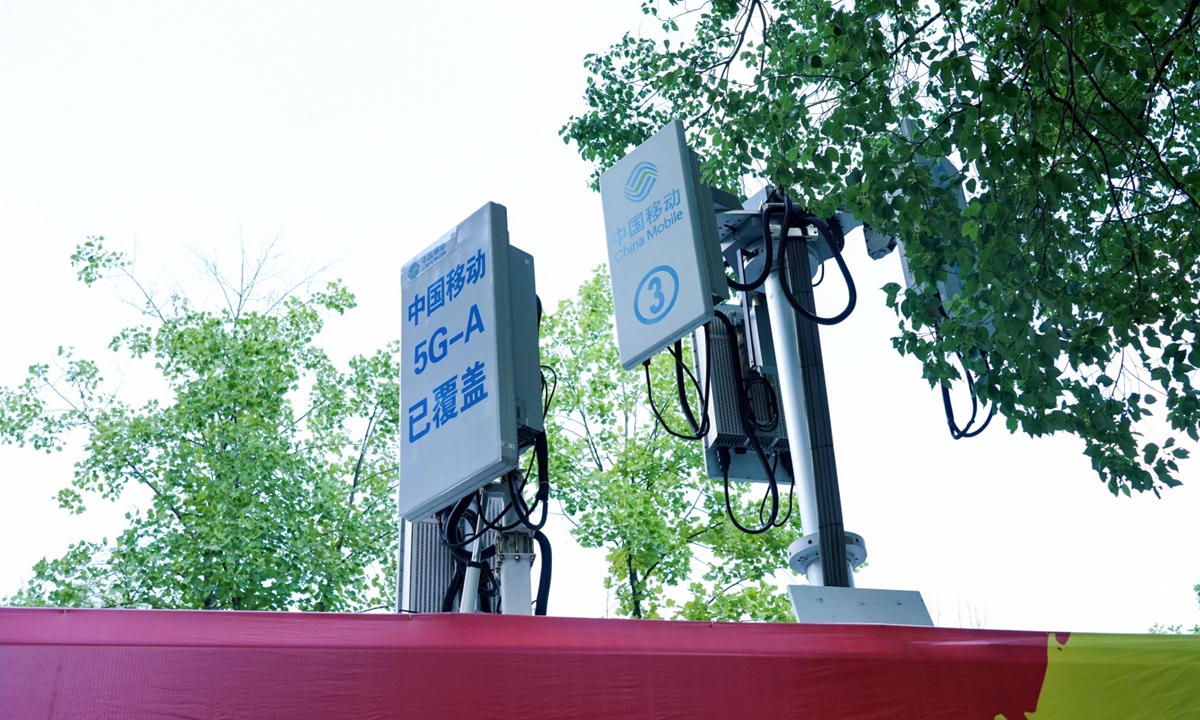Google and Kairos Power: A New Era in Nuclear Energy

The recent collaboration between Google and Kairos Power to establish a modern nuclear power plant in Tennessee marks a pivotal moment not only for the U.S. energy landscape but also for the nuclear energy revival narrative unfolding across the globe. With this initiative, the companies are positioning themselves at the forefront of a much-needed energy transition, leveraging innovative technology to meet rising demand for carbon-free power. The significance of this development becomes more pronounced against a backdrop of ambitious decarbonization goals and an increasingly complex energy matrix in the face of climate change.
At the core of this partnership is the Hermes 2 reactor, which is set to supply 50 megawatts of power to the Tennessee Valley Authority (TVA) and contribute to powering Google's data centers in the region. Unlike traditional nuclear reactors that often face rampant cost overruns—illustrated by the $18 billion over budget on the Vogtle project—Kairos promises a standardized reactor design utilizing molten salt cooling systems. This innovation, alongside controlled construction costs and a commitment to safety, could potentially streamline nuclear development, addressing the historical pitfalls of the industry. Furthermore, with the TVA stepping in as a financial partner, this arrangement mitigates the financial risk placed on consumers, an important factor considering the public's historical wariness towards nuclear energy investments.
However, skeptics may question whether this singular initiative can truly catalyze a broader nuclear renaissance. While start-ups like Kairos Power may present less bureaucratic and more manageable construction propositions, will these small reactors achieve the economies of scale necessary to compete with established models? The past decade has not been kind to nuclear ambitions, with the industry still reeling from the bankruptcies of giants like Westinghouse. Importantly, while this sleek model of nuclear energy has potential, it does remain vulnerable to unforeseen challenges—such as regulatory hurdles, public perception issues, and shifts in policy frameworks regarding energy sourcing that could derail progress. Companies and stakeholders must tread carefully to navigate these waters. Furthermore, as energy needs evolve—particularly with the rise of artificial intelligence and data center demands—will the nuclear model remain competitive, especially against rapidly advancing renewable technologies?
The Hermes 2 project underscores a pivotal strategic shift wherein traditional energy production paradigms are convulsing in the face of climate permissiveness. Through its collaboration, Google not only enhances its own operational efficiency but also subscribes to a vision where technology firms take direct responsibility in ushering nuclear potential back onto the national energy agenda. This project also aligns with the broader governmental aspirations to revitalize the American nuclear industry, further emphasizing the importance of private sector intervention in energizing a flagging sector.
Conclusively, the Hermes 2 reactor could signify the dawn of a new age in nuclear energy—one that melds innovation with sustainability, without leaving consumers bearing the brunt of escalating costs. As the plant gears up for its anticipated launch in 2030, several pertinent questions arise: Will this model attract future investments? How will the public respond as the narrative around nuclear power continues to evolve? As stakeholders observe this critical juncture, one thing remains clear: the ambition embodied by Kairos and Google could very well reshape the nuclear landscape and push the U.S. significantly closer toward an energy paradigm precariously balanced on the axis of sustainability, safety, and technological advancement.
Read These Next

5G-A Technology Boosts China's Football Star Suchao
China's 5G-A tech by China Mobile Jiangsu enhances fan engagement in amateur football leagues, transforming live match experiences.

JSW Steel and POSCO to Discuss Integrated Steel Plant in India
JSW Steel and Posco signed a non-binding agreement on Aug 18 to explore a 6M ton steel plant in India, boosting cooperation.

Tianjin Zhonghuan's Share Reduction: Impact on Governance and Trust
Tianjin Zhonghuan Information Industry Group Co., Ltd. has reduced its stake in Leshan Electric Power Co., Ltd. by 1%, from 13.74% to 12.74%, as part of a strategic adjustment in equity structure. The announcement reflects compliance with regulatory standards and poses minimal risks to corporate governance.
